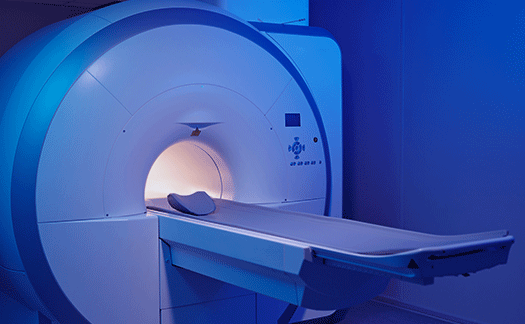- Home
- What we do
- Industry Solutions
INDUSTRY SOLUTIONS
Rewiring Healthcare operations with advanced technology

SOLUTIONS
Solving Healthcare’s mission-critical challenges with best-in-class technology
As healthcare complexities grow, there is a pressing need for solutions that can integrate seamlessly, scale effectively, and adapt to changing regulations and patient needs. CitiusTech helps deliver value across the entire spectrum of care with patient-centered solutions that are flexible, scalable, and futuristic, ensuring that healthcare players can meet and exceed the demands of today's dynamic healthcare environment.
NEWS
CitiusTech Identified in the 2023 Gartner® Quick Answer: U.S. Healthcare CIOs Use Price Transparency Data to Improve Business Outcomes
MARKETS
Packaging domain and technology expertise to transform Healthcare journeys

Payer Solutions
Modernizing core systems and enhancing member engagement through digital innovations to ensure compliance with HEDIS/CMS Star and improve overall quality management. Implementing payer analytics and AI/ML to streamline workflows and optimize value-based contracts.

Provider Solutions
Designing enterprise data strategies and deploying advanced analytics to support value-based care models, enhancing patient and consumer engagement. Facilitating payer-provider convergence to improve clinical and financial workflows for better regulatory performance and decision support.

MedTech Solutions
Advancing next-gen technology adoption and connected health in MedTech through digital transformation, including Cloud enablement and DevSecOps. Enhancing medical imaging and patient engagement via AI-driven analytics and telehealth solutions to optimize clinical workflow

Life Sciences Solutions
Developing comprehensive solutions to meet the complex needs of life sciences, focusing on real-world evidence and advanced patient engagement strategies. Streamlining clinical development and commercialization processes to support multi-channel communication and regulatory compliance.
CONNECT WITH US
Drive operational excellence with
specialized accelerators, frameworks,
utilities, and custom data models.

SERVICES & CONSULTING
Shaping Healthcare Possibilities with intelligent technology solutions
Harness deep domain expertise and customized digital solutions to craft a seamless and integrated Healthcare experience. With CitiusTech, you can bridge the gap between Healthcare and technology, fostering a healthier future.%20(3).webp)




Digital Engineering
Reshaping Healthcare with cutting-edge technology solutions for better patient care

Data Engineering & Data on Cloud
Making Healthcare data the backbone of your organization's strategy












.png?width=1920&height=1080&name=Consulting2_Menu_1%20(1).png)





















